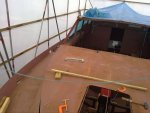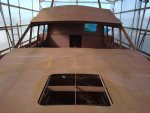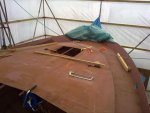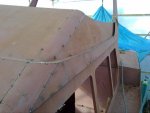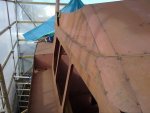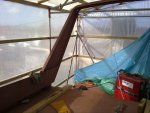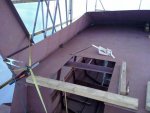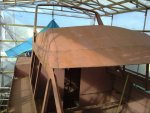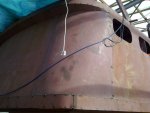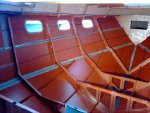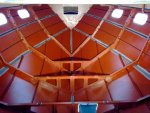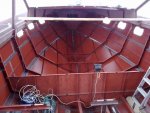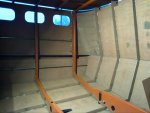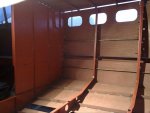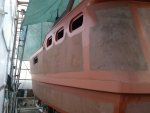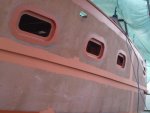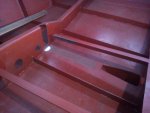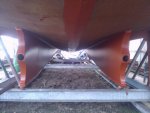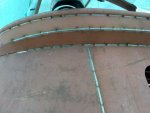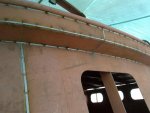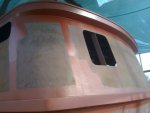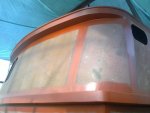JOHNPEET
Well-Known Member
Are there any precautions you can take this early on regarding electrolysis and/or galvanic corrosion? Fascinating thread, thanks for taking the trouble.
In terms of actual actions taken at this stage there were none taken. The steel was grit blasted and primed prior to cnc cutting, so has good protection against immediate corrosion. The cut edges just didn’t seem to corrode for some reason! A feature that the plasma cutting provides it seems!
What I did do however is to start thinking about the various aspects of the hull and superstructure where dissimilar metals were likely to come into contact with each other and how those junctions in materials needed to be designed and treated. So the sorts of areas that needed a lot of forethought were - any hull penetrations above or below the waterline, points of attachment for hand railings etc, drive shafts, rudder shafts etc.
The steel kit only contains the basic hull and superstructure and none of the equipment, e.g. shafts or seals - at least that was the option that I took. (It was actually possible to have anything between the CAD plans to a finished boat) So everything that fits into or onto the steel hull has to be designed, made or bought!
I‘ll cover some of that detail as I get to each stage in the sequence ?

